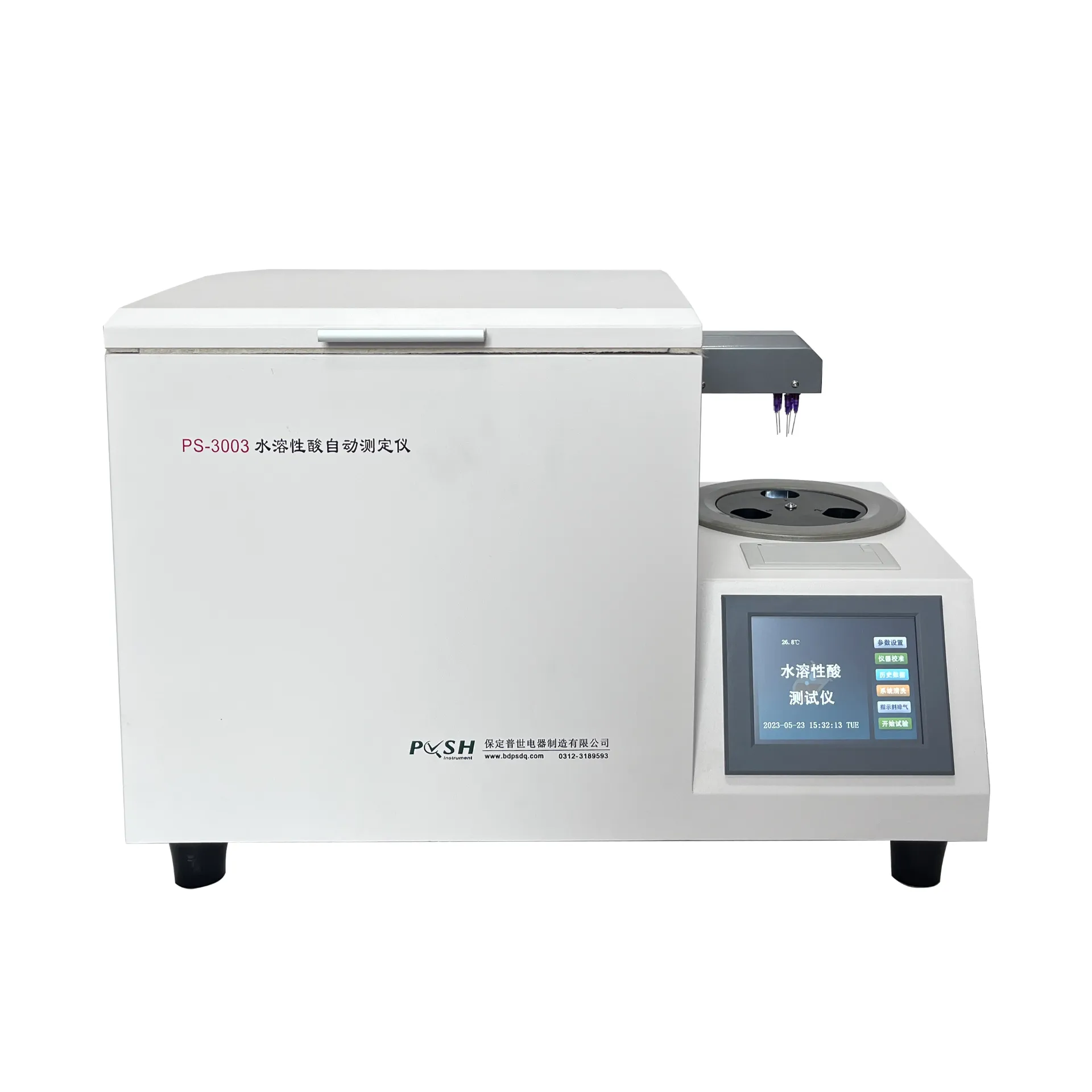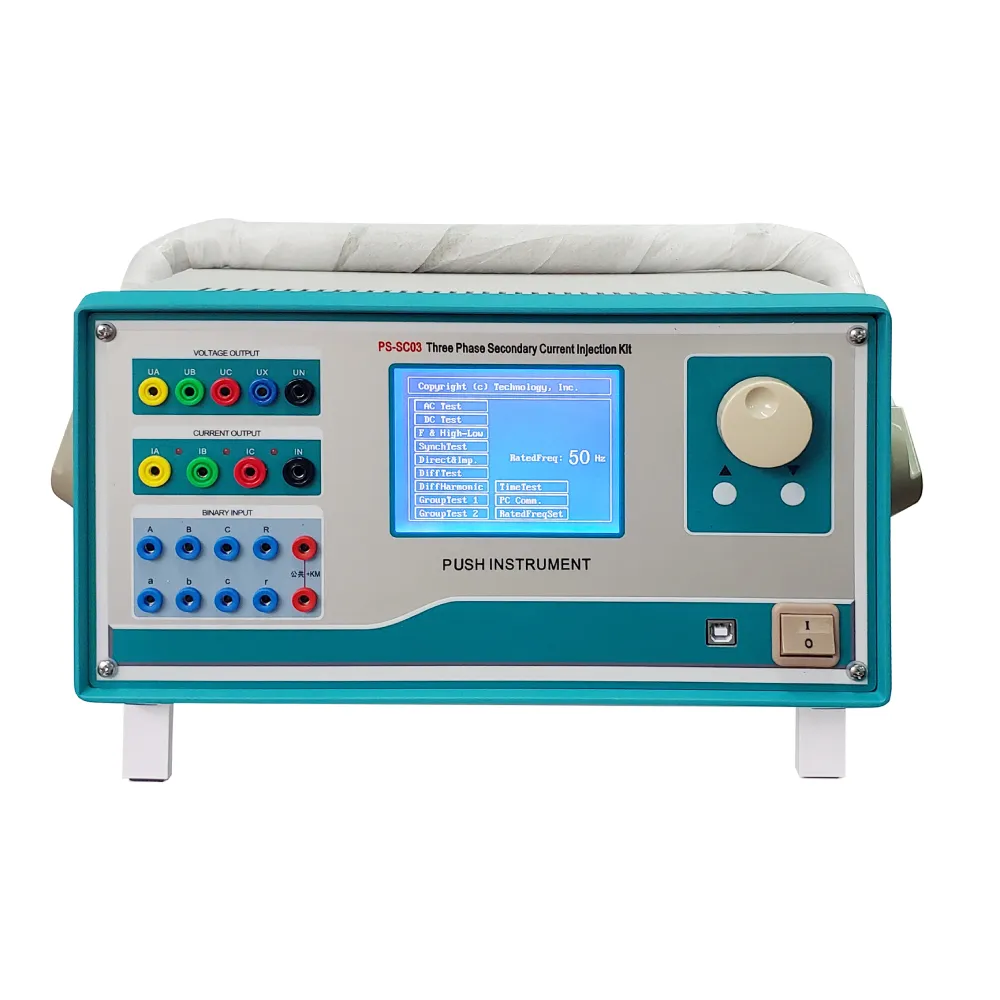TEL:
+86-0312-3189593
 English
English

Telephone:0312-3189593

Email:sales@oil-tester.com
2 月 . 01, 2025 06:03
Back to list
PS-CB101 High-Voltage Switch Mechanical Characteristic Tester Circuit Breaker Tester
In the realm of power transformers, the breakdown voltage test on transformer oil constitutes a critical assessment that ensures operational efficiency and safety. This assessment, fundamental in the maintenance regime of power transformers, underscores the importance of understanding its technical nuances and practical execution.
The actual breakdown voltage test follows a prescribed methodology. A controlled increase in voltage is applied to the oil sample, and observations focus on the point at which electrical failure occurs. This failure point, indicated by a breakdown of the dielectric strength, is the breakdown voltage. Recording this value allows for assessment against benchmark values established for uncompromised oil. Generally, a healthy transformer oil must have a breakdown voltage value of at least 30 kV per 2.5 mm gap, although this can vary based on specific standards. Expertise is essential when interpreting test results. Professionals in the field can identify acceptable performance ranges and determine when the oil demands purification or replacement. Specialized knowledge allows for an understanding of subtle indicators that can preempt bigger issues. For instance, frequent low readings of breakdown voltage could suggest the presence of contaminants like moisture or other conductive substances, perhaps indicating leaks or other mechanical faults requiring attention. Maintaining authority in this field involves staying abreast with technological advancements and changes in industry regulations. The field is subject to continuous innovation, with new testing technologies and oil purification methods regularly emerging. Embracing these changes and incorporating them into testing protocols underlines a professional's commitment to excellence and advancement. Trustworthiness in conducting breakdown voltage tests involves transparent reporting and adherence to ethical standards. Any professional conducting such tests must report accurately. Integrity in test execution and reporting fosters trust among clients and regulatory bodies, ensuring compliance and sustained operational reliability. The intersection of experience, expertise, authoritativeness, and trustworthiness in the breakdown voltage testing of power transformer oil forms the backbone of ensuring both the safety and efficiency of power transformers. Through diligent application of skills and adherence to best practices, the process not only safeguards equipment performance but also fortifies the trust between service providers and their clients, ensuring a well-maintained electrical infrastructure.


The actual breakdown voltage test follows a prescribed methodology. A controlled increase in voltage is applied to the oil sample, and observations focus on the point at which electrical failure occurs. This failure point, indicated by a breakdown of the dielectric strength, is the breakdown voltage. Recording this value allows for assessment against benchmark values established for uncompromised oil. Generally, a healthy transformer oil must have a breakdown voltage value of at least 30 kV per 2.5 mm gap, although this can vary based on specific standards. Expertise is essential when interpreting test results. Professionals in the field can identify acceptable performance ranges and determine when the oil demands purification or replacement. Specialized knowledge allows for an understanding of subtle indicators that can preempt bigger issues. For instance, frequent low readings of breakdown voltage could suggest the presence of contaminants like moisture or other conductive substances, perhaps indicating leaks or other mechanical faults requiring attention. Maintaining authority in this field involves staying abreast with technological advancements and changes in industry regulations. The field is subject to continuous innovation, with new testing technologies and oil purification methods regularly emerging. Embracing these changes and incorporating them into testing protocols underlines a professional's commitment to excellence and advancement. Trustworthiness in conducting breakdown voltage tests involves transparent reporting and adherence to ethical standards. Any professional conducting such tests must report accurately. Integrity in test execution and reporting fosters trust among clients and regulatory bodies, ensuring compliance and sustained operational reliability. The intersection of experience, expertise, authoritativeness, and trustworthiness in the breakdown voltage testing of power transformer oil forms the backbone of ensuring both the safety and efficiency of power transformers. Through diligent application of skills and adherence to best practices, the process not only safeguards equipment performance but also fortifies the trust between service providers and their clients, ensuring a well-maintained electrical infrastructure.
Previous:
Latest news
-
Differences between open cup flash point tester and closed cup flash point testerNewsOct.31,2024
-
The Reliable Load Tap ChangerNewsOct.23,2024
-
The Essential Guide to Hipot TestersNewsOct.23,2024
-
The Digital Insulation TesterNewsOct.23,2024
-
The Best Earth Loop Impedance Tester for SaleNewsOct.23,2024
-
Tan Delta Tester--The Essential Tool for Electrical Insulation TestingNewsOct.23,2024





